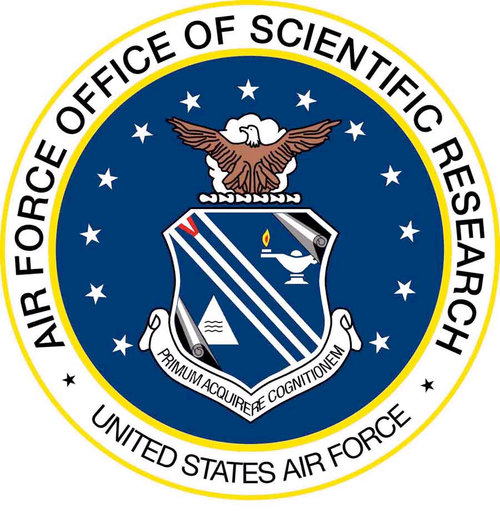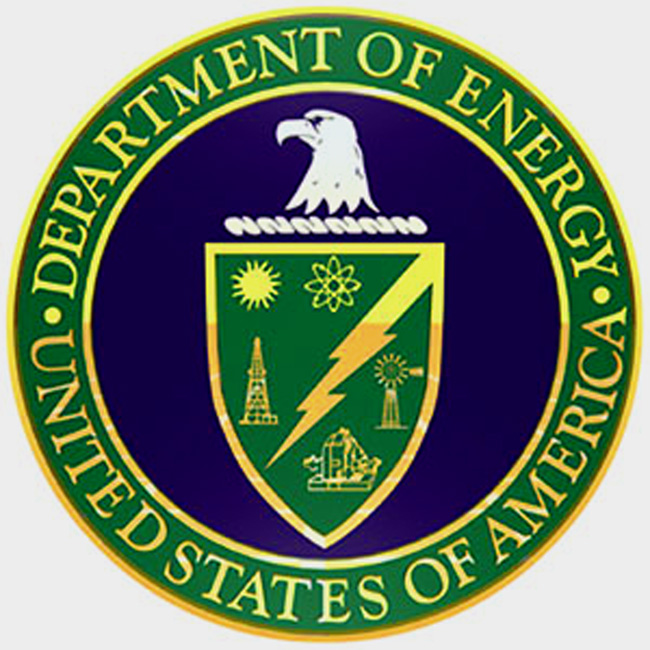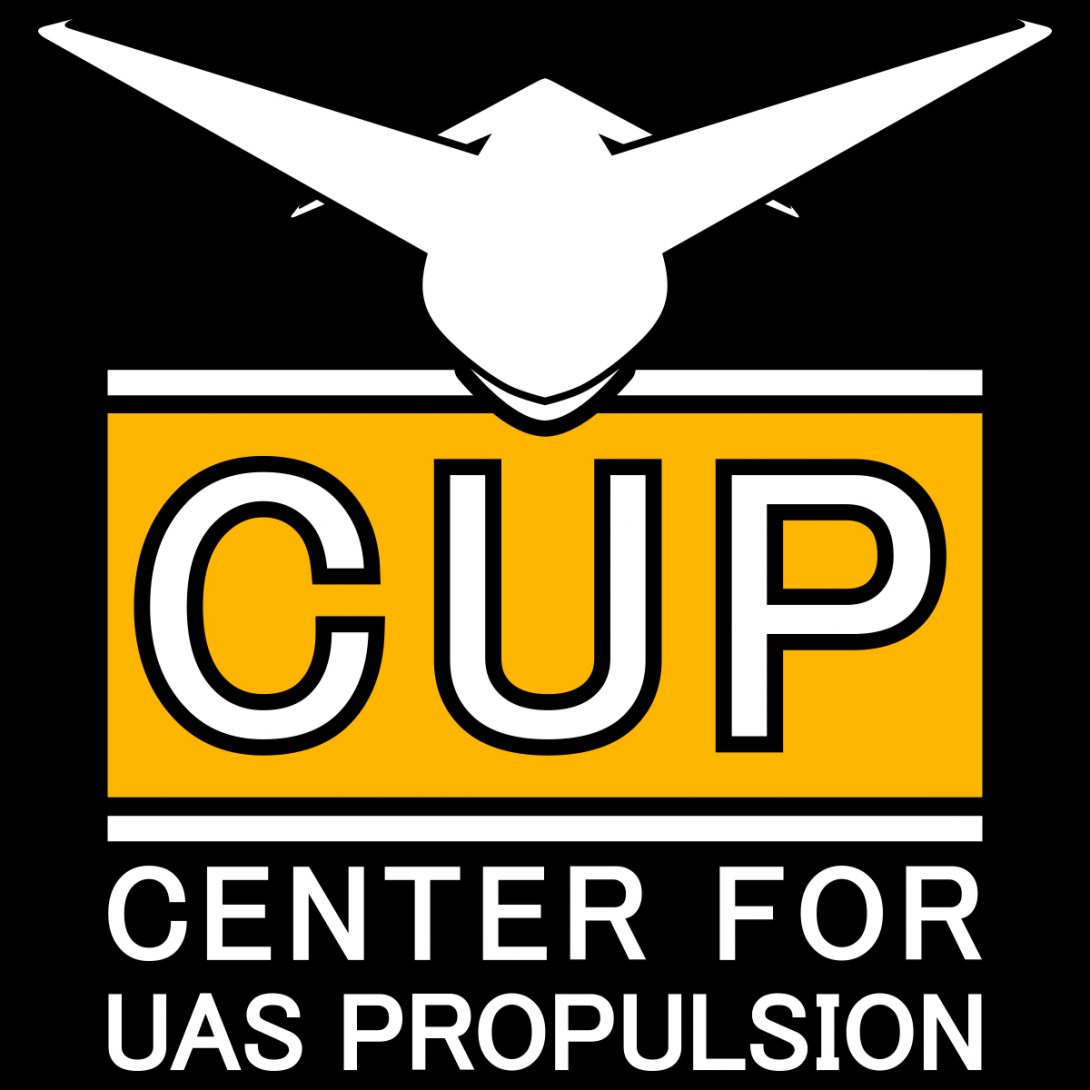Projects
Current projects:
ARL Projects:

Ken Brezinsky and I are working on joint projects with CCDC Army Research Laboratory.
Some of our current efforts are in fuel sensing and ignition modeling.
US Army Funds Research Enabling Drones to Run on More Fuel Types
UIC receives $8M Army Research Laboratory grant for drone fuel sensor research
AFOSR Projects

Ken Brezinsky, Subramanian Sankaranarayanan, and I are working on collaborative projects in the area of supercritical fluids.
DOE Projects: Co-Optima 2017-

w/Peng Zhao (University of Tennessee)
With the recent development of advanced compression ignition (ACI) strategies, the engine operation parameter space has been substantially evolving. There are challenges to established ignition performance parameters, most prominently research and motored octane numbers (RON and MON). Octane rating and fuel sensitivity to a broader range of thermodynamic conditions have attracted extensive interest. While RON and MON are undoubtedly very useful parameters for SI engines, fundamentally, there is no rationale that fuel performance metrics obtained under only two spark-ignition conditions are sufficient to represent or extrapolate performance to ACI operating conditions with different temperature and pressure state histories. Alternative performance metrics, chemistry rooted and accounting for the state history of the reactive mixture (temperature and pressure) are an important focus of this work.
The work will be a combined experimental/modelling effort. We will build (at UIC) and use a novel miniature rapid compression machine suitable for high-throughput screening of ignition delay times: the Miniature Ignition Screening RCM (MISR). This device will be used for characterizing properties from very small volumes of low volatility fuels. The MISR will operate with high repetition rate, high repeatability, and can quickly map out a wide range of temperature and pressure conditions. The modelling effort will provide kinetic insights from extracting the temperature, pressure, and concentration specific constant-condition ignition delay times (i.e. a chemically based multi-parameter map) from the MISR data with newly developed algorithms using an inverse- staged-Livengood-Wu integral technique (i-L-W). That complex ignition delay map can be convolved with the state history in other devices to predict ignition characteristics.
https://energy.gov/eere/bioenergy/co-optimization-fuels-engines
NSF Project: (CAREER) 09/2017-08/2022

High pressure combustion is one aspect of emerging strategies for fuel efficient, low emission combustion devices. Among many advantages, high pressure permits lower temperature, lean combustion while maintaining load requirements. Many of the reaction rates and reaction pathways between fuel/oxidizer and products are uncertain at combustion temperatures and high pressure, especially for radical intermediates. These reaction rates and reaction pathways are measured using highly sensitive tools, typically at very low pressure, and are then extrapolated to high pressure. Recent theoretical predictions suggest highly energetic radical reactions can quickly pass through different pathways in low pressure conditions. Even though most combustion systems are at higher pressures, the measurements at very low pressure underpin the models of these systems, which may lead to great uncertainty in predictive models. Some of the goals of this work are to experimentally test these effects at low pressure and estimate their contribution to mechanism uncertainty at higher pressure. Another goal is to extend highly sensitive measurement techniques to high pressure. Over the course of five years, the PI will use advanced experimental and modeling tools to measure the rates and products of energetic radical reactions spanning combustion relevant temperatures and pressures. The work contributes to cleaner combustion device designs, via improved understanding of chemical reactions relevant to soot formation and high pressure pre-ignition chemistry. Information relating to the abstractions by halogens at high temperature, one aspect of the work, also contributes to fire suppression models. Additionally, efforts in this proposal include development of a combustion themed module for high school AP Physics curricula, which also incorporates pedagogic improvements through student-directed, inquiry-based investigations.
In order to test the effects of energetic pathways at low pressure, reaction rates and products of radical abstractions from hydrocarbons will be measured over wide pressure ranges. Various radicals will be employed, including halogens, in order to vary the enthalpy of reaction and the heat capacity of products at similar levels of collisional stabilization. The miniature high repetition rate shock tube (HRRST), will be used in this study. The HRRST is a tool for generating highly repeatable, highly controlled combustion conditions suitable for measurements using advanced analytical techniques. Species concentrations will be measured with a combination of tunable diode laser absorption for selected time-resolved species and mass spectrometry for products, including synchrotron sourced photoionization mass spectrometry in collaboration with researchers at Argonne National Laboratory and at the Advanced Light Source at Lawrence Berkeley National Laboratory. Reaction rates and product channels can be ascertained from these experiments with detailed chemical modeling. Besides the radical reactions which are the focus of this study, the work develops a nascent diagnostic technique, the HRRST, which can be adopted by a variety of disciplines.
